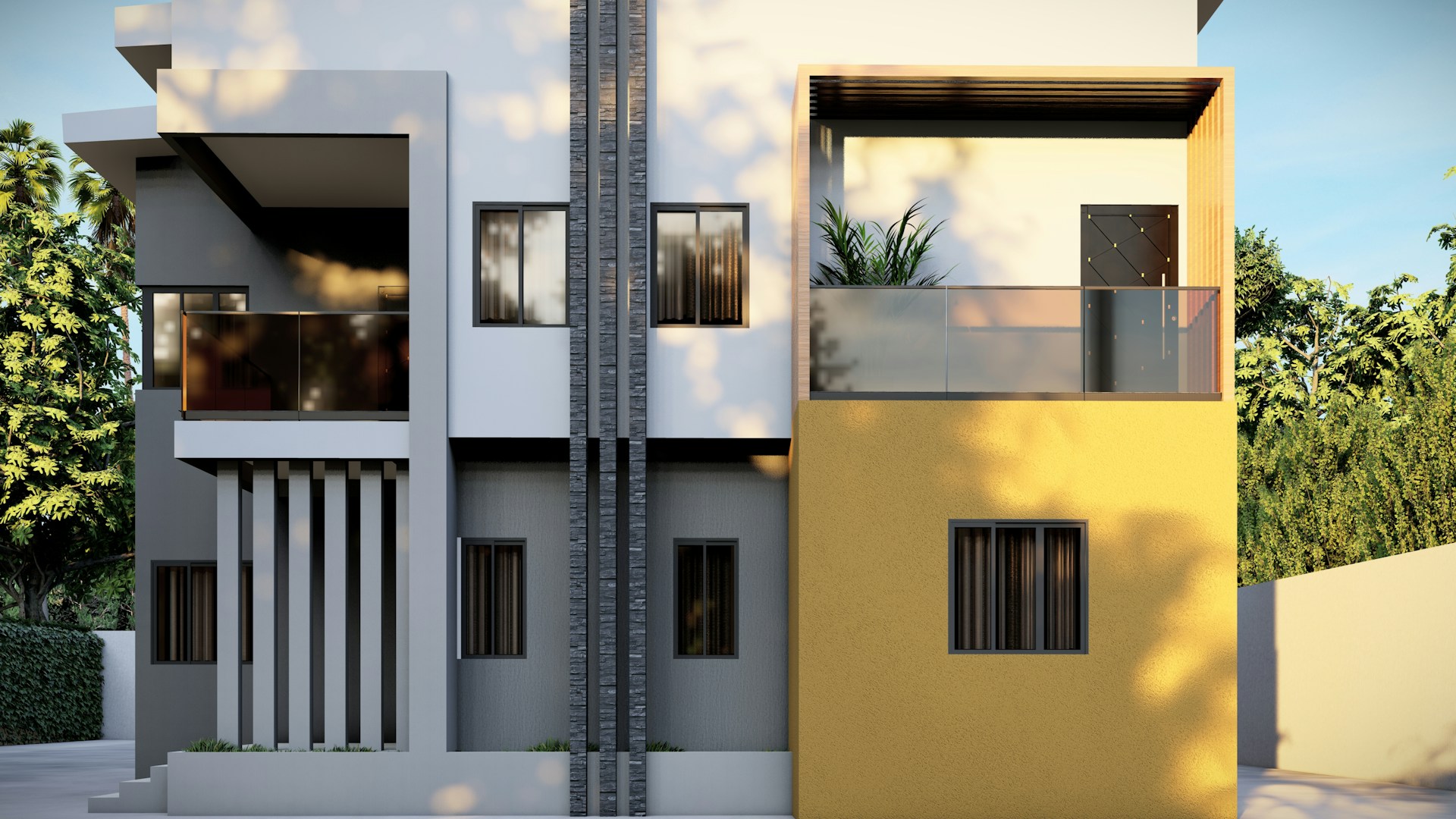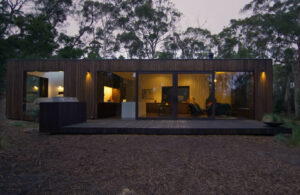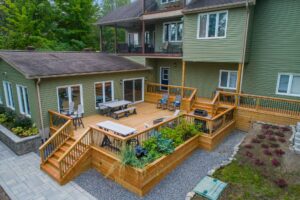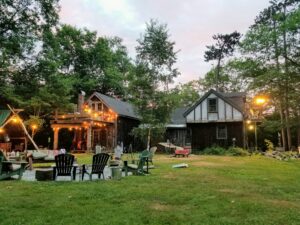

Question: What Is a Multi Family Property?
Answer: A multi family property is a single property containing two or more separate residential units, such as a duplex, triplex, or apartment building. Each unit is intended for a different family or household, distinguishing it from a single-family home designed for one household.
Understanding What a Multi-Family Property Is
A multi-family property is a single residential building that contains more than one separate housing unit. Think of it as one structure designed to house multiple families, each in their own private space. Each unit has its own kitchen, bathroom, and living quarters. This building type stands in contrast to a single-family home, which is a standalone structure designed for just one family.
These properties range in size from a small duplex with two units to a large apartment building with dozens of homes under one roof. Investors and homebuyers find these properties attractive for several reasons. They offer a unique opportunity to generate rental income while also owning a substantial real estate asset. For some, it is a path to homeownership where tenants help pay the mortgage. Understanding this property type is the first step to exploring a powerful real estate strategy.
Exploring Different Types of Multi-Family Homes
Multi-family properties come in several common configurations. The classification usually depends on the number of individual units within the building. Recognizing these differences is important because the type of property influences its price, management needs, and financing options. Each type offers distinct opportunities for owners and investors, so learning the basics helps you identify which property aligns with your goals.
The most common types you will encounter include:
-
Duplex
A duplex is a single building divided into two separate units. These units can be side-by-side or stacked on top of each other. They are a popular entry point for real estate investors.
-
Triplex
A triplex contains three individual housing units within one building. It offers more income potential than a duplex while still being manageable for many first-time landlords.
-
Fourplex
A fourplex, or quadplex, has four separate units. This is often the largest type of multi-family property you can buy with a standard residential mortgage, making it highly sought after.
-
Apartment Buildings
Any building with five or more units is typically classified as a larger apartment building. These properties are considered commercial real estate and require different, more complex financing than smaller multi-family homes.
Click here for more information on multi family agents
Please visit this page to see multi family homes for sale
Related Article: What Are the Key Benefits of Investing in Multi Family Properties?
Related Article: What Is a Good Return on Investment on Multi Family Properties?
The Responsibilities of Ownership
While the rewards can be great, owning a multi-family property also comes with considerable responsibilities. You become a landlord, which is a role that requires active management and attention. Your primary duty is to your tenants. This includes collecting rent, responding to maintenance requests promptly, and ensuring the property remains safe and habitable. A broken furnace in winter or a leaking pipe requires immediate action, and the responsibility to fix it is yours.
You must also manage tenant turnover. This process involves advertising vacant units, screening potential tenants, and handling lease agreements. Vacancies are another challenge to prepare for. An empty unit generates no income, but you still have to pay the mortgage and other expenses. Successful landlords budget for periods of vacancy to protect their cash flow. Managing a multi-family property is a business, and it requires organization, good communication, and a proactive approach to maintenance and tenant relations.
Related Article: What Are the Unique Challenges of Owning a Multi Family Property?
Related Article: What Are the Risks of Multi Family Investing?
How to Finance a Multi-Family Purchase
Securing financing for a multi-family property is different from buying a single-family home. The process and requirements depend heavily on the number of units in the building. For properties with two to four units, you can often qualify for a residential mortgage. This is especially true if you plan to live in one of the units. Lenders often view owner-occupied multi-family homes favourably, and you may be able to purchase one with a lower down payment.
A key benefit during the qualification process is that lenders will consider the potential rental income from the other units. They may allow you to use a percentage of the projected rent to help you qualify for a larger loan amount. This makes purchasing these properties more accessible. For buildings with five or more units, you will need to apply for a commercial loan. These loans typically have stricter requirements, including a larger down payment and a thorough review of the property’s income-generating potential. Lenders will analyze vacancy rates, operating expenses, and overall profitability before approving the loan.
Local Zoning and Legal Rules
Before you purchase a multi-family property, you must investigate its legal status. Every municipality has zoning bylaws that dictate how land can be used. A property must be properly zoned to permit multiple units. Some older buildings may have been converted into apartments without the correct permits. These illegal units can create significant legal and financial problems for an owner. Always verify the legal zoning of a property with the local municipal office.
You also need to understand landlord and tenant laws. These regulations govern the entire rental process, from lease agreements and security deposits to rent increases and eviction procedures. Following these rules is mandatory. Failure to do so can lead to disputes and legal action. Finally, the building must comply with fire and safety codes. Multi-unit dwellings have specific requirements for things like fire-rated separations between units, smoke alarms, and safe exit routes. A professional home inspection can help identify any compliance issues before you buy.
Related Article: What Is a Good Cap Rate for Multi Family?
Related Article: What Are the Three Phases of Syndication?
Is a Multi-Family Property Right for You?
A multi-family property is more than just a home; it is a significant investment that can build wealth and create a steady income. We have defined what these properties are, from duplexes to small apartment buildings. We explored the powerful financial advantages, like rental income and the ability to house hack your way to lower living expenses. These benefits position multi-family homes as an excellent tool for achieving financial goals. They provide a unique opportunity to have your asset help pay for itself.
However, we also covered the practical realities and responsibilities. Being a landlord involves managing tenants, handling repairs, and navigating legal requirements. Financing is more complex, and zoning must be correct. A successful investment requires careful planning, research, and a clear understanding of your obligations. By weighing the pros and cons, you can determine if this path aligns with your resources and long-term ambitions. If it does, working with a real estate professional who understands these unique properties is your next logical step.







